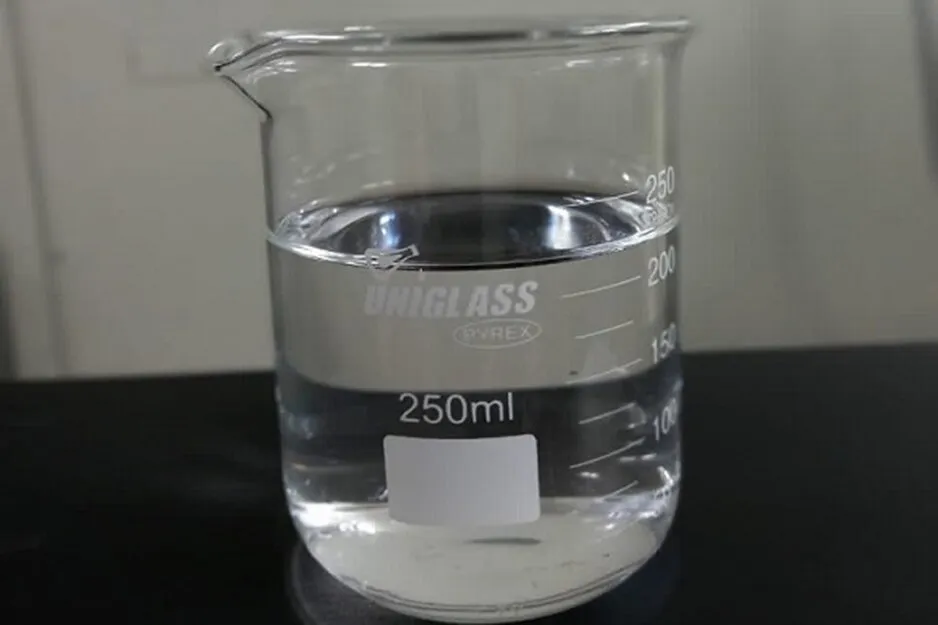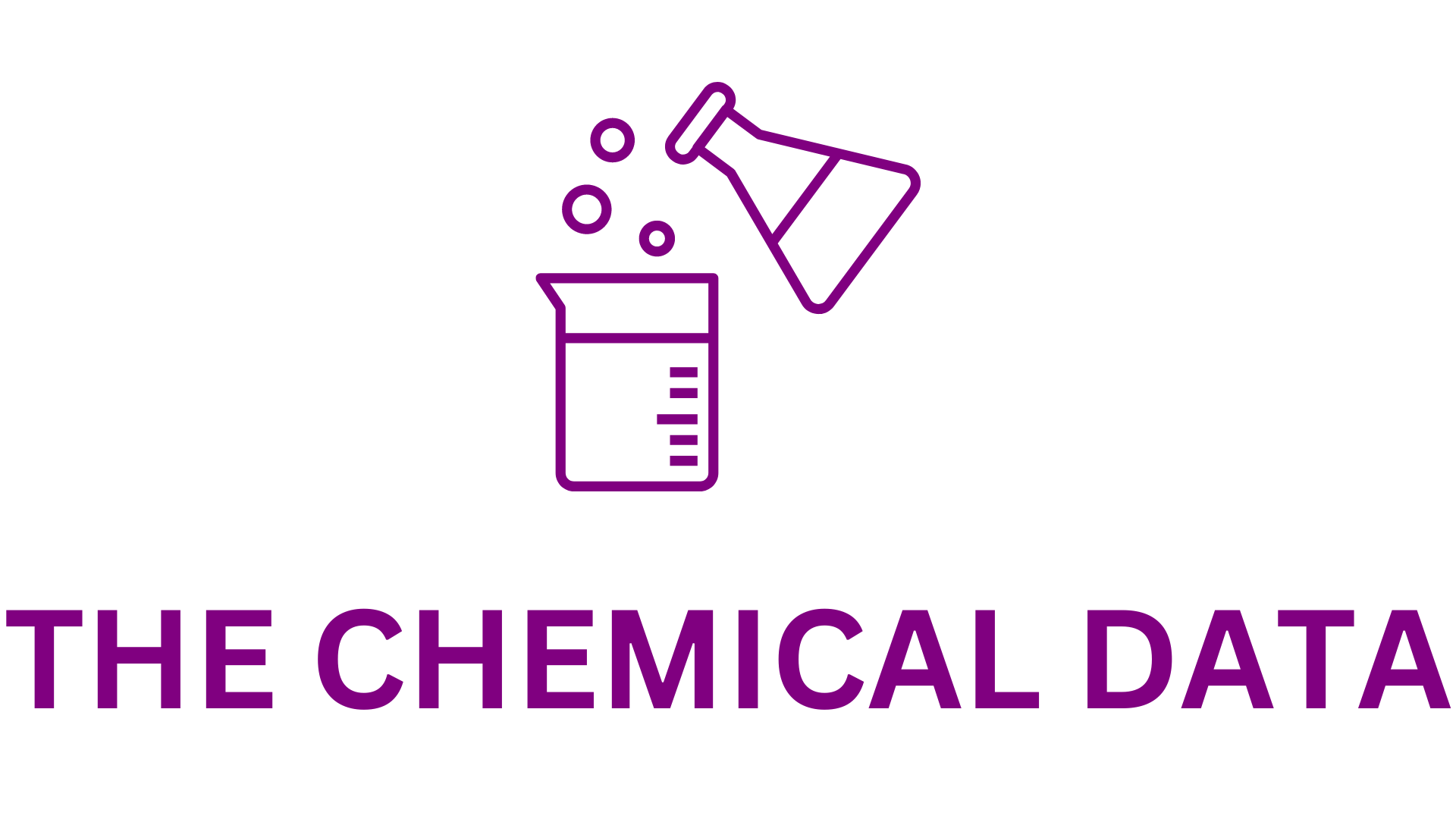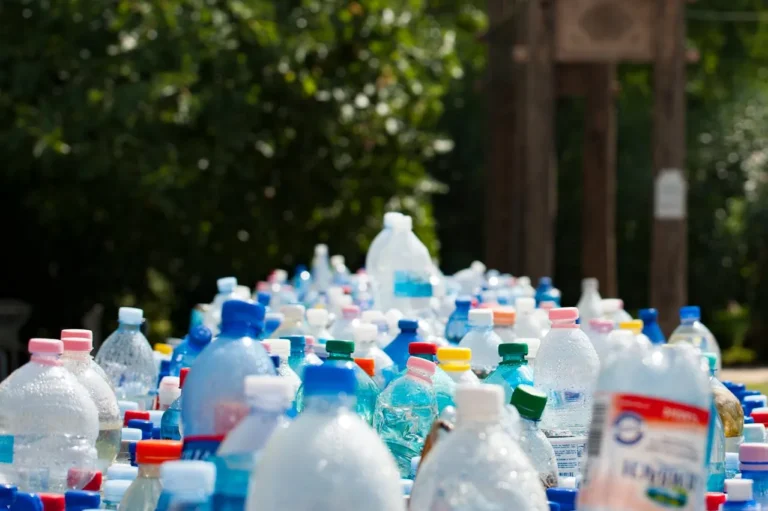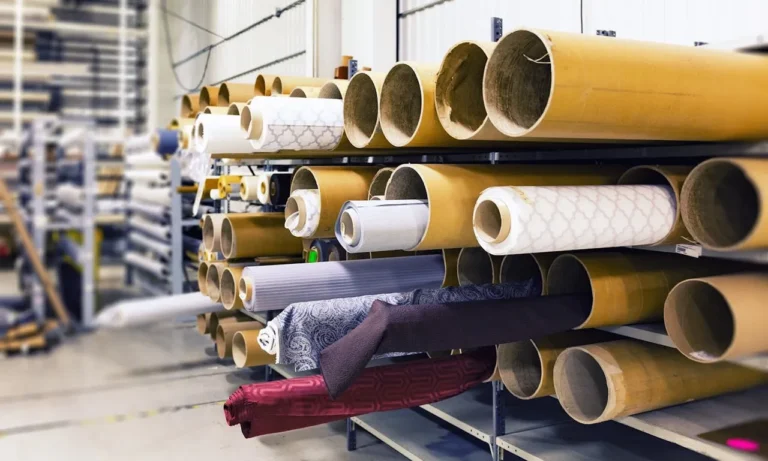
The global ethylene dichloride (EDC) market is experiencing significant growth, driven by advancements in production technologies, increasing demand for polyvinyl chloride (PVC), and the rapid industrialization of emerging economies. Ethylene Dichloride This article provides an in-depth analysis of the market trends, drivers, regional insights, and future outlook for EDC from 2024 to 2030.
Market Overview
Ethylene dichloride, a chlorinated hydrocarbon, is primarily utilized as an intermediate in the production of vinyl chloride monomer (VCM), the precursor to PVC. PVC’s extensive applications across construction, automotive, electrical, and healthcare industries underscore the critical role of EDC in the global chemical sector Ethylene Dichloride.
In 2024, Ethylene Dichloride the global EDC market was valued at approximately USD 16.8 billion. Projections indicate that this figure will reach USD 20.8 billion by 2030, reflecting a compound annual growth rate (CAGR) of 3.7% over the forecast period.
Key Market Drivers
- Advancements in Production Processes Ethylene Dichloride Innovations in EDC manufacturing, such as the development of more efficient catalysts and process optimization techniques, have enhanced production efficiency and reduced operational costs. These advancements make EDC more accessible for various applications, thereby stimulating market growth.
- Rising Demand for PVC The escalating demand for PVC, particularly in construction, automotive, and electrical industries, significantly boosts the need for EDC as a key raw material. PVC’s durability, versatility, and cost-effectiveness make it a preferred choice in these sectors.
- Urbanization and Infrastructure Development Rapid urbanization and infrastructure development in emerging markets have expanded the demand for PVC, thereby driving the EDC market. As cities grow and infrastructure projects increase, the need for materials like PVC, and consequently EDC, rises correspondingly.
- Environmental Regulations and Sustainability Stringent environmental regulations are encouraging manufacturers to adopt sustainable practices and cleaner production technologies. Investments in emissions control technologies and cleaner production processes help companies comply with environmental standards, thereby propelling market growth.
- Integrated Production Facilities The development of integrated production facilities, where EDC, VCM, and PVC are produced within a single complex, enhances operational efficiencies and reduces overall production costs. This integration streamlines the production process and minimizes logistical challenges.
- Strategic Collaborations and Partnerships Collaborations and partnerships among industry players foster innovation and expand the application scope of EDC. These strategic alliances facilitate knowledge sharing, technological advancements, and market expansion.
Market Segmentation
The EDC market is segmented based on application and region.
By Application:
- Vinyl Chloride Monomer (VCM) Production: This segment dominates the market, with projections estimating it will reach USD 19.7 billion by 2030, growing at a CAGR of 3.7% from 2024 to 2030.
- Ethylene Amines Production: This segment is expected to grow at a CAGR of 2.7% over the analysis period.
Regional Insights
- United States: The U.S. market was valued at USD 4.5 billion in 2024.
- China: China is forecasted to grow at an impressive CAGR of 6.2%, reaching a market size of USD 4.2 billion by 2030.
- Other Regions: Japan and Canada are projected to grow at CAGRs of 1.9% and 3.0%, respectively, while Germany is expected to grow at approximately 2.4% CAGR during the forecast period.
Emerging Trends
- Focus on Sustainability Manufacturers are increasingly investing in cleaner production processes and emissions control technologies to comply with stringent environmental standards and reduce the environmental impact of EDC production.
- Integration of Production Facilities The global market is witnessing a shift towards integrated production facilities where EDC, VCM, and PVC are produced in a single complex, improving efficiency and reducing logistics costs.
- Technological Innovations Advancements in EDC production technologies, such as the development of more efficient catalysts and process optimization techniques, are enhancing production yields and reducing operational costs.
Challenges
Ethylene Dichloride Despite the positive outlook, the EDC market faces certain challenges:
- Environmental Concerns: The production and use of EDC involve environmental and health risks, necessitating stringent regulatory compliance and the adoption of sustainable practices.
- Market Saturation: In certain regions, market saturation and overcapacity may lead to increased competition and pressure on profit margins.
- Raw Material Price Volatility: Fluctuations in the prices of raw materials, such as ethylene and chlorine, can impact production costs and profitability.
Future Outlook
The Ethylene Dichloride future of the EDC market appears promising, with several factors contributing to its growth:
- Expansion in Emerging Economies: Rapid industrialization and urbanization in countries like China and India are expected to drive demand for PVC, thereby boosting the EDC market.
- Innovations in Production Processes: Ongoing research and development efforts aimed at improving production efficiency and reducing environmental impact.







